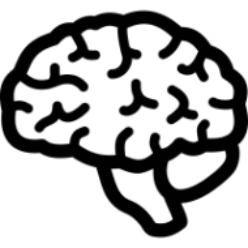CDs store digital data, but the interface between CDs, lasers, and optical diodes is very analog. Read errors can be caused by anything from dirty media, to scratches on the protective polycarbonate layer, to vibration from the optical drive itself. The primitive error correction codes in the CDDA standard, designed to minimize audible distortions on lightly used disks, are not capable of fully recovering the bitstream on CDs with a significant error rate. Contemporary CD ripping software works around this with two important error detection techniques: redundant reads and AccurateRip.
Source: Why I Ripped The Same CD 300 Times
Found via: https://news.ycombinator.com/item?id=33499646
There’s an enormous latent anxiety about this subject with “audiophiles.” It cracks me up. On the one hand, sure, you want to get exactly what’s on the CD to the hard drive. But when you get an encoding error, we’re talking about one bad value for one channel of stream encoded at 44.1 KHz. Are these guys really telling me that they think they can hear a defect in an audio stream that occurs within 23 nanoseconds? And if they’re really telling me that, do they really expect me to believe it?
